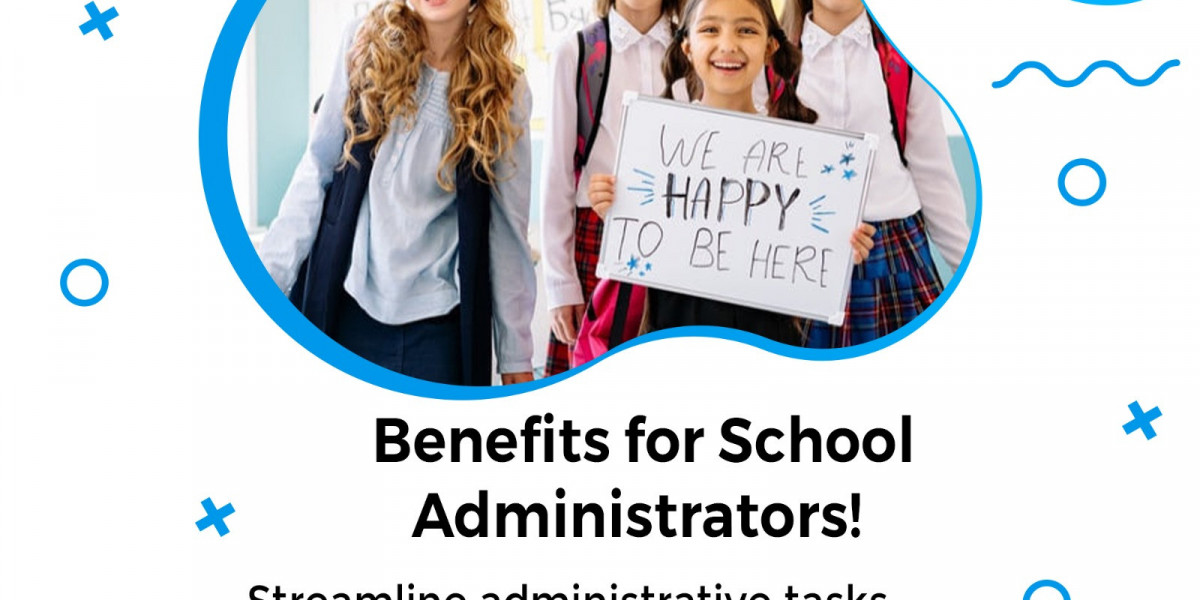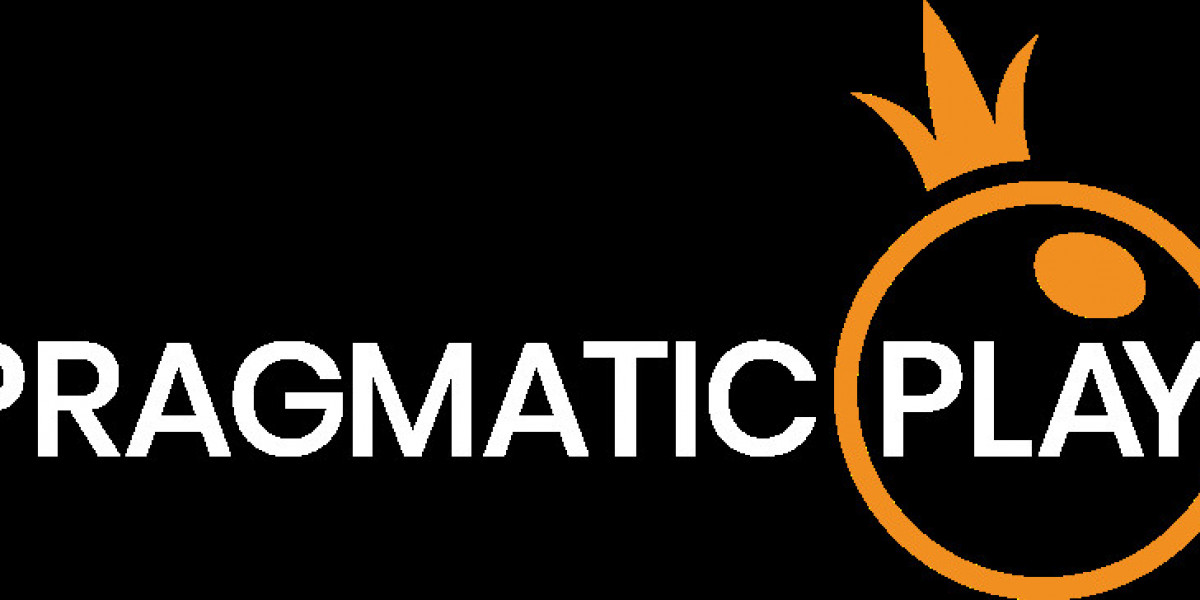Introduction
In today’s rapidly evolving educational landscape, technology plays a crucial role in enriching learning experiences, particularly in elementary schools. Innovative software solutions not only make learning more interactive but also cater to diverse learning needs. This article explores the best software for engaging young learners, focusing on various tools that can transform classrooms into dynamic learning environments.
Benefits of Using Software in Elementary Education
Utilizing software in elementary education offers numerous advantages:
- Enhances Student Engagement: Interactive tools capture students’ attention and make learning enjoyable.
- Supports Personalized Learning: Software can adapt to individual learning styles and paces, ensuring each student receives the support they need.
- Encourages Creativity and Critical Thinking: Many software programs promote exploration, allowing students to develop essential skills.
- Improves Collaboration: Technology facilitates communication between students, teachers, and parents, fostering a supportive learning community.
- Makes Learning Fun: Gamified learning experiences motivate students and stimulate a love for education.
Key Features to Look for in Educational Software
When selecting software for elementary schools, consider the following features:
- User-Friendly Interface: The software should be easy for young learners to navigate.
- Age-Appropriate Content: Ensure that the material is suitable for elementary students and adaptable to various skill levels.
- Interactive Activities: Look for software that includes games, quizzes, and multimedia resources to keep students engaged.
- Progress Tracking: Tools that allow teachers and parents to monitor student progress can be invaluable.
- Security and Data Privacy: It’s essential to choose software that prioritizes the safety of students’ information.
Top Software for Engaging Elementary School Students
Here are some of the best software options available:
a. Interactive Learning Tools
- ABCmouse: This comprehensive platform offers a range of subjects through interactive lessons, games, and activities tailored to early learners.
- Khan Academy Kids: Designed for children aged 2-8, this free app features educational games and stories that promote foundational skills in math, reading, and social-emotional learning.
b. STEM and Coding Platforms
- Scratch: This visual programming language encourages creativity and problem-solving by allowing students to create their own interactive stories and games.
- Tynker: A coding platform that teaches kids the basics of programming through fun and engaging projects, making STEM education accessible and enjoyable.
c. Language Learning Apps
- Duolingo ABC: This app focuses on teaching young children to read and write through interactive exercises and games, making language learning exciting.
- Rosetta Stone Kids: Offering engaging lessons and games, this platform helps students develop language skills in a fun, immersive environment.
d. Math and Science Software
- Prodigy Math: An engaging game that integrates math practice with adventure, Prodigy keeps students motivated while they learn.
- Mystery Science: This platform offers open-and-go science lessons that inspire kids to explore and inquire about the world around them.
e. Reading and Literacy Tools
- Epic!: A digital library that provides access to thousands of books, Epic! encourages reading and literacy through a user-friendly platform.
- Raz-Kids: This interactive reading program allows students to read at their own pace while providing teachers with tools to track progress and comprehension.
How to Implement Educational Software in the Classroom
Integrating software into elementary classrooms can enhance the learning experience. Here are some tips for successful implementation:
- Align with Curriculum: Choose software that complements existing lesson plans and curriculum standards.
- Train Educators: Provide teachers with the necessary training to effectively utilize the software and maximize its benefits.
- Encourage Exploration: Allow students time to explore and engage with the software, fostering independence and curiosity.
- Involve Parents: Share resources and encourage families to use educational software at home to reinforce learning.
Challenges and Considerations
While software can significantly enhance education, there are challenges to address:
- Budget Constraints: Schools must find ways to fund software solutions, such as exploring grants or partnerships.
- Training Needs: Ensuring that teachers are comfortable with new technology is vital for successful implementation.
- Balancing Screen Time: It's important to find a healthy balance between technology use and hands-on learning experiences.
Success Stories: Real-Life Examples
Many schools have successfully integrated software to engage students. For instance, a Chicago elementary school adopted a School Management System Software that streamlined communication between teachers and parents. As a result, student participation increased, leading to improved academic performance and stronger community ties.
Conclusion
The right software can transform elementary education, making learning engaging and effective. By utilizing innovative tools, educators can create dynamic classroom environments that foster creativity, collaboration, and critical thinking. As schools continue to embrace technology, the potential for enhancing student learning through software is limitless.









